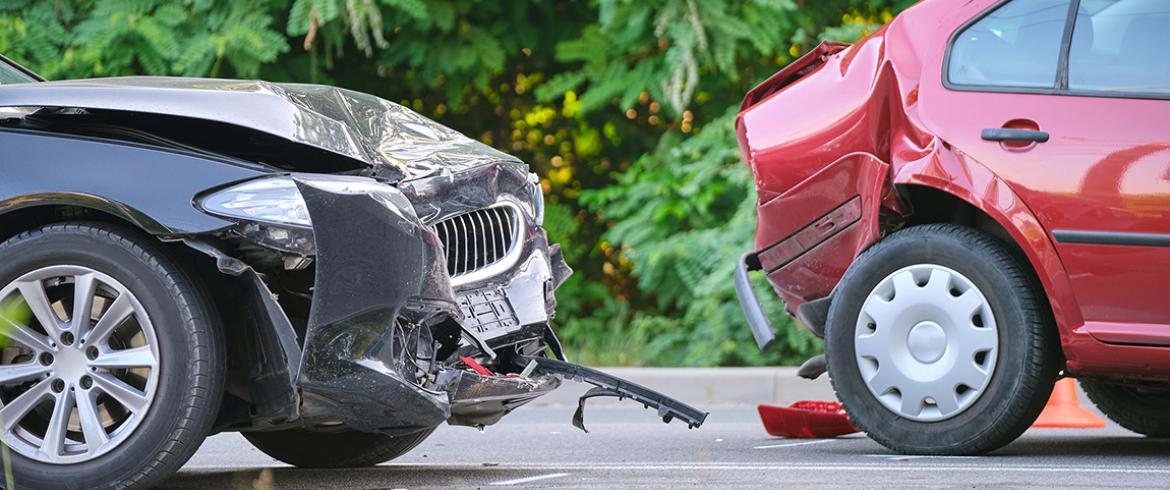
Annual traffic fatalities reached 1.35 million in 2016 worldwide, and more than half of these are in crashes involving vulnerable road users, such as pedestrians and bicyclists. Most studies related to traffic fatalities use geographic information models and tools to assess events. However, researchers at the FAMU-FSU College of Engineering say these models don’t give the complete picture.

Eren Ozguven, an associate professor in the FAMU-FSU College of Engineering and the director of the Resilient Infrastructure and Disaster Response Center (RIDER), is working on a new study to discover what is happening in areas where crashes are more prevalent. Onur Alisan, a postdoctoral researcher at the college and center, is working with Ozguven on the study.
“It is essential for transportation agencies to make decisions related to traffic safety by looking at the variables represented by the environment,” Ozguven said. “The density of population in an area, the number of bus stops, and traffic volume are consistent with more crashes so we want to find ways to make these areas safer.”
The researchers are developing inferential models to explain how socio-demographic qualities affect an area. They use data to evaluate land use and a network of characteristics that affect traffic safety positively or negatively in a particular region in a systematic way.
Alisan and Ozguven published their research last July in SAGE journals.
“The problem is traffic safety in urban areas is a more complex problem than in the intercity or rural areas where traffic flow and the network of highway characteristics are simpler,” Alisan said. “We use multivariable regression models, a statistical tool that uses multiple variables to forecast outcomes.”

The findings can inform transportation agencies of the factors in an environment that affect crashes. The researchers achieve this by generating models using a meta-heuristics approach. In science, this procedure uses a sufficiently good solution to an optimization problem. It streamlines the process and provides a viable alternative to traditional methods.
“Traffic crashes are a leading cause of death globally, with an increasing rate in urban areas,” Alisan said. “We constructed a relationship model that focuses on the effect of traffic safety between the built environment.”
The RIDER Center promotes resilience in communities and infrastructure. The study provides a systematic way to generate multivariable regression models for any geographic region with available datasets.
“Traffic crashes are one of the most prominent causes of injury for vulnerable road users, like the elderly, pedestrians, and bicyclists and our research can help improve our resilience against events such as crashes,” Ozguven said.
Federal, state, and local transportation agencies as well as the public may benefit from the research which is partially funded by the National Science Foundation.
RELATED ARTICLES
Intelligent Mobility and Community Resilience Research Area
New Study Targets Patterns of Crashes Involving Young Drivers Near College Campuses in Florida
FAMU-FSU Engineering researchers analyze mobility data for smart power usage
